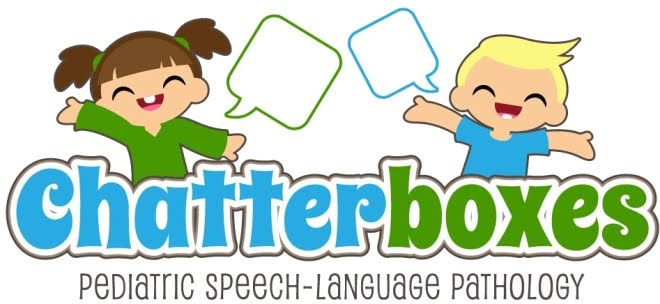
“Habilitative/Rehabilitative Services” Is Heart of Health Reform
Hale, S. (2009, November 24). From the President: The Turn of a Phrase : “Habilitative/Rehabilitative Services” Is Heart of Health Reform. The ASHA Leader.
As health care reform dominates the news and the attention of both houses of Congress, an inescapable truth confronts our professions. If a health reform bill passes—and it is likely that one will—audiology and speech-language pathology services will be embedded in the phrase “habilitative/rehabilitative services.” Much like the hopefuls on American Idol, with this phrase we are either “in” or “out” of the reform package. If this language is part of a bill that is enacted into law, we can celebrate a significant advocacy achievement.
The key word is “habilitative.” Children born with communication disorders—those needing habilitative rather than rehabilitative services—have been left out of too many insurance plans for far too long. Many of us have experienced denials for children with communication disorders by insurers who refuse coverage for speech-language or audiology services. Particularly troubling is a growing trend in the insurance industry of dropping coverage for children who need habilitative services. Insurers claim that children born with disabilities are developmentally delayed and that their care should be addressed in educational settings rather than in the health care system.
This approach is at odds with the evidence base of our discipline. We know that the best time for cochlear implantation, hearing aids, early intervention for autism and other disorders, or augmentative and alternative devices often predates a child’s eligibility for educational services.
Children born with cognitive or communication disorders have the same needs as adults with pre-existing conditions—and, like those adults, should not be tossed aside by the insurance industry. It is indefensible to deny services to children born with cognitive or communication disorders but cover rehabilitation services for those who have acquired the same conditions. This predatory practice must end. Habilitative services must be a basic benefit, provided by all insurance plans.
Never underestimate the impact of a single word in legislative language—or even basic punctuation—on our professions and the people we serve. After all, it was an inadvertent comma inserted by legislators in the Medicare law that placed speech-language pathology and physical therapy services under a single financial cap. As a result, ASHA has had to advocate tirelessly for successive overrides to the cap. So the power of a word or phrase can make a tremendous difference—and in the case of “habilitative/rehabilitative services,” a positive one.
Children with congenital communication disorders have had no direct voice or vote in the recent congressional debate, but their concerns have been central to ASHA’s grassroots advocacy. Getting this language into all the proposed health reform bills was not easy. Many thanks to all of you who sent letters to members of the Senate Finance Committee when the committee’s proposal did not include that critical language. We must maintain our vigilance to ensure that it remains in the legislation and that we are able to respond immediately if the situation changes. Regardless of our feelings about specifics of the final bill or our personal politics, audiologists and speech-language pathologists and those whom we serve cannot risk being left out of any bill that goes to the White House for a presidential signature.
On your behalf, I have communicated with Sens. Max Baucus and Charles Grassley to urge inclusion of habilitative services in health care bills. Along with ASHA’s governmental affairs staff, we pointed out that many communication disorders are medical in nature and caused by neurological injuries or dysfunction that affect acquisition of communication skills. We emphasized that early and appropriate intervention can mitigate the need for intensive services in the future, thereby reducing costs and improving the overall health and well-being of children and enhancing the opportunity for independence and success as adults.
Federal health plans are embracing habilitative speech-language and audiology services. Beginning in January 2010, insurance companies under the Federal Employee Health Benefits Program will be required to provide these services. In the bigger health care reform debate, we should celebrate this recognition of the value of speech-language and audiology services and broadened coverage of habilitative services.
I am hopeful that any health care reform decisions will assure that all children receive the same benefits that members of Congress enjoy and that we will be responsible stewards for the most vulnerable members of our society and give them a chance at a better life. A phrase or a word can make all the difference.




